Lauréat Super Prix BIM des Trimble Awards 2024, ASTREE - Collège ZAC Belcier Bordeaux

Votez pour ce projet aux Tekla Global BIM Awards
A propos du projet
Le projet en images
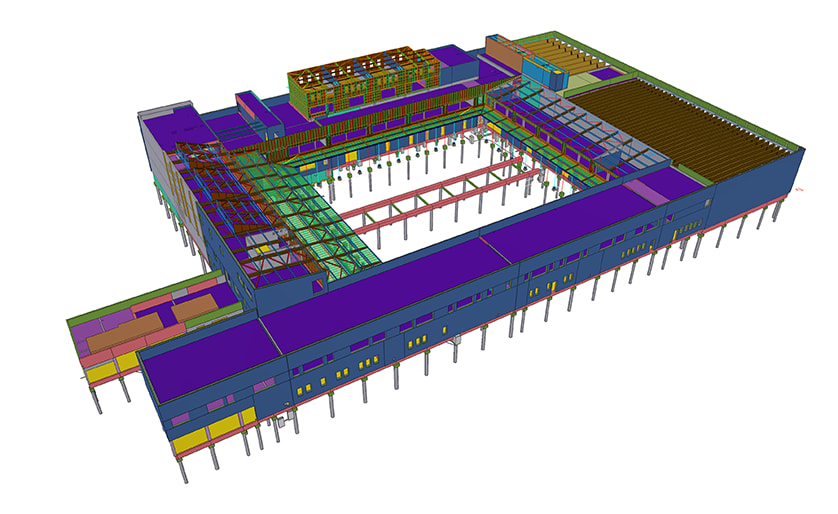
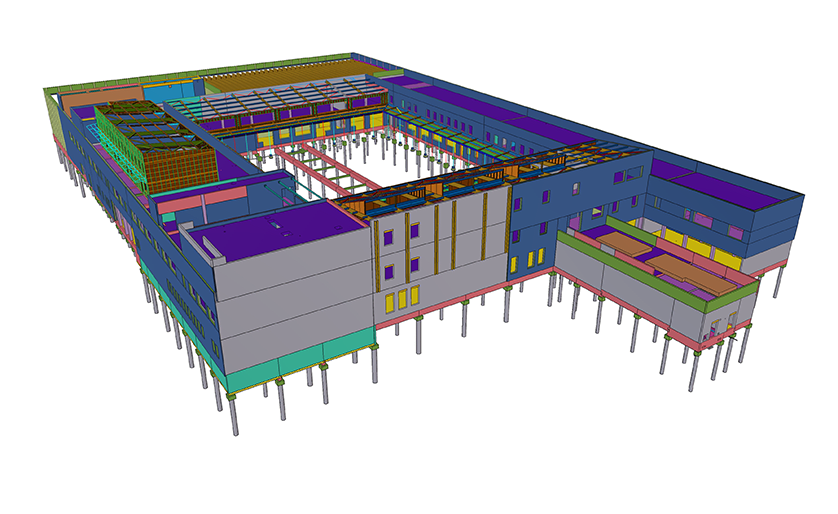
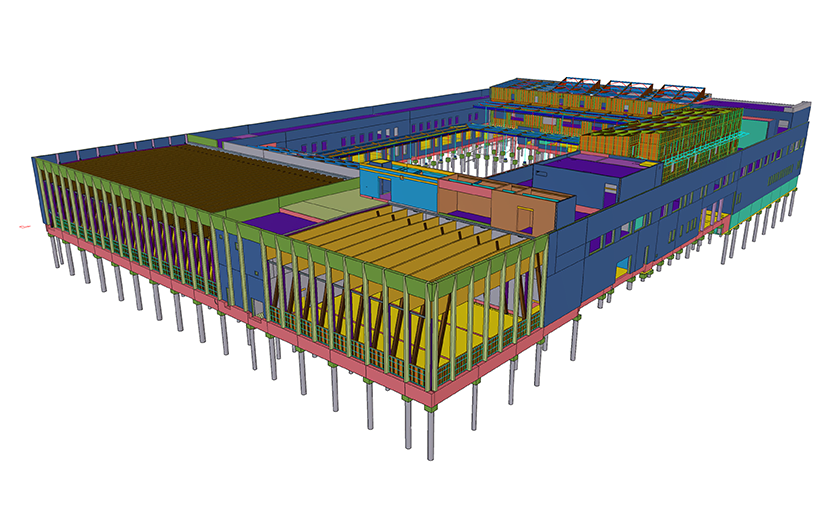
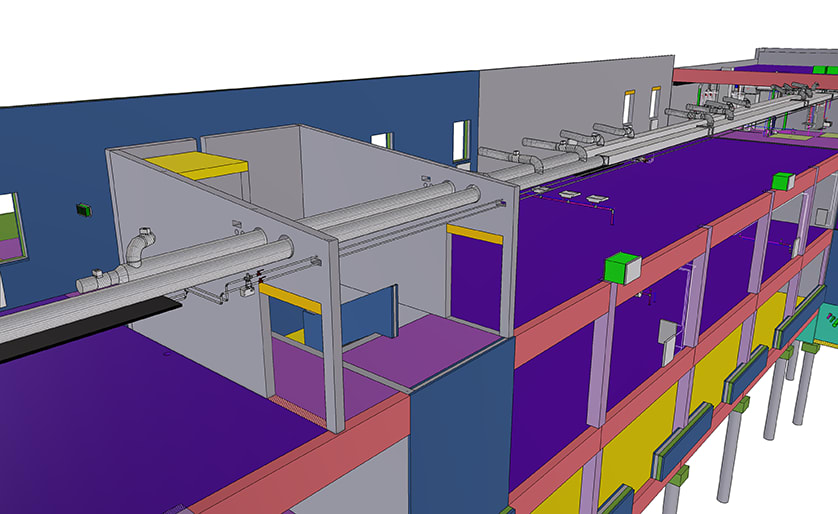
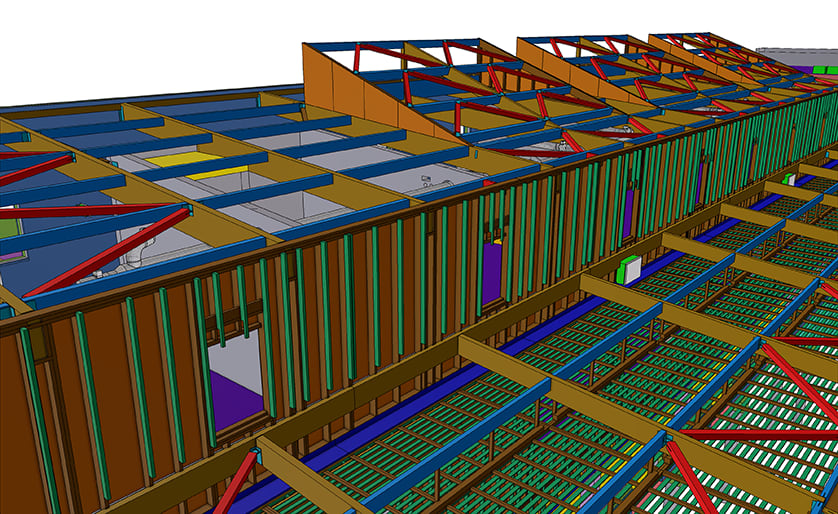
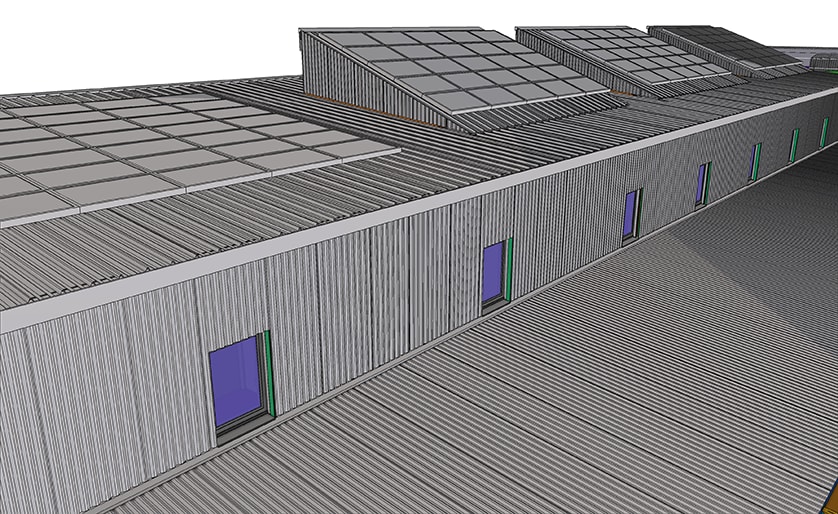
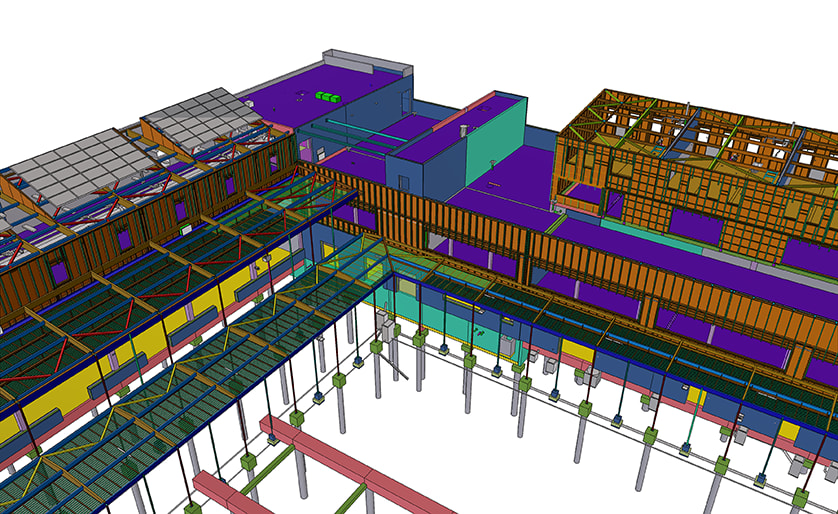
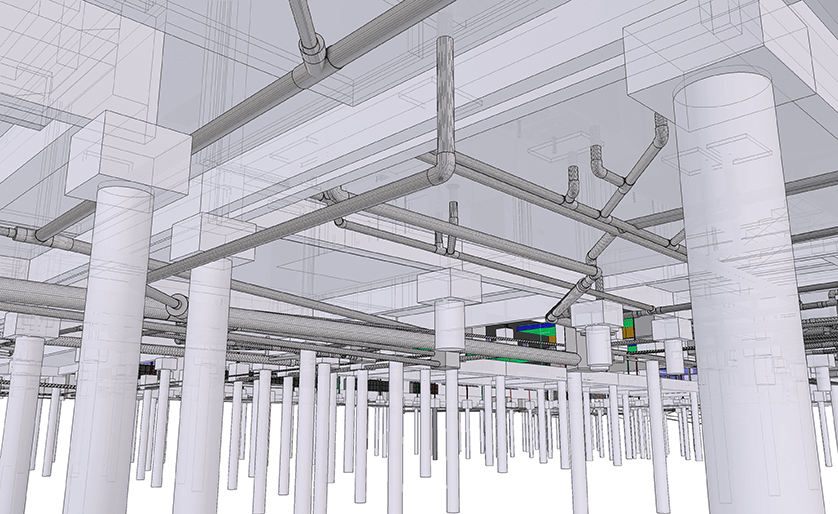
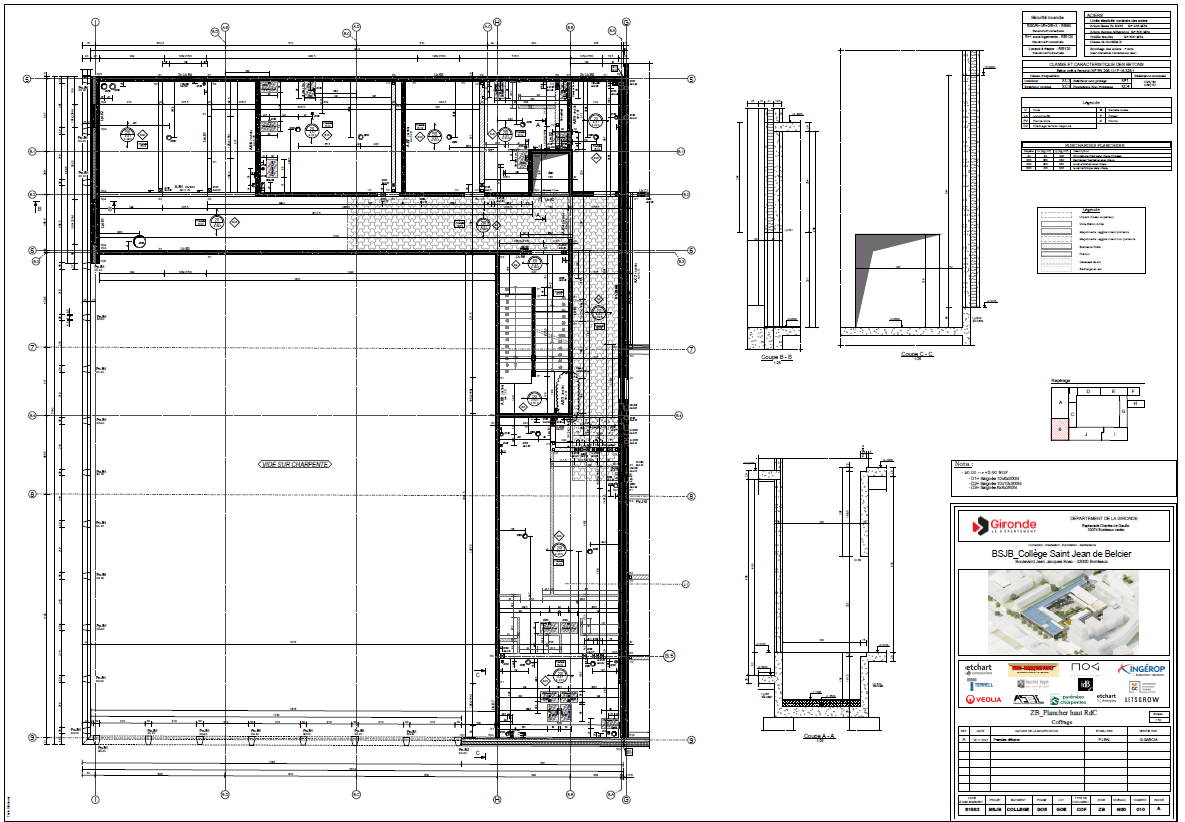
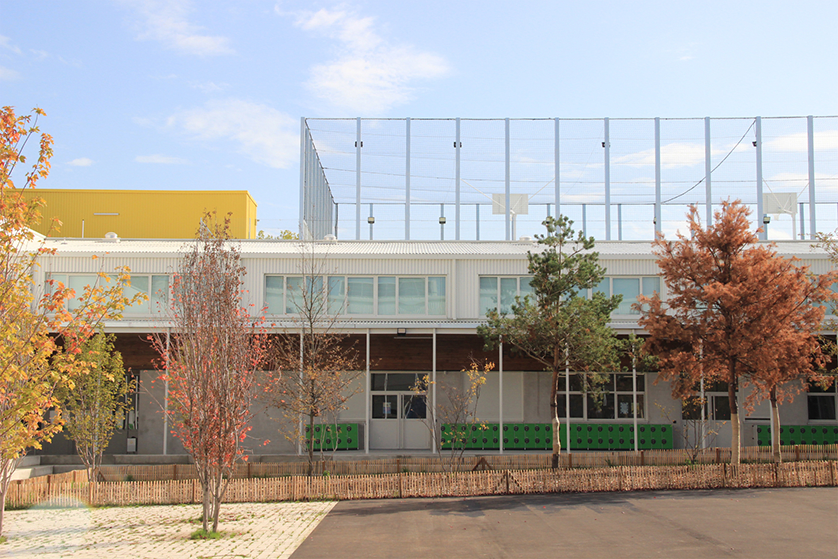
Le projet en chiffres
Produits Trimble utilisés
Description du projet
Ce Collège fait parti du Plan collèges lancé dans le département en 2017, il accueillera pas moins de 700 élèves et été pensé pour avoir un bilan carbone minimal.
Le projet prévoit la création d’un collège avec un pôle d’enseignement en RdC, R+1 R+2 et une zone de logements allant en R+2 / R+3 réalisée en attique bois. Il est découpé en 9 blocs parasismiques.
Ce projet est entièrement réalisé en interopérabilité entre tous les intervenants (démarche BIM) avec une charte graphique spécifique et unique pour chaque intervenant.
Le bâtiment est pour sa majeure partie, en structure béton, façades en prémurs isolés. La partie logement est en structure bois, le gymnase sportif est un système bois, et le préau en structure métallique.
La particularité de ce collège s'est d'avoir un terrain de sport sur son toit.
Bilan carbone :
- Connecté au réseau de chaleur du quartier
- Production d’énergie par panneaux photovoltaïques
- Mise en place d’équipements limitant la consommation d’eau, le rejet et le traitement des eaux usées et mise en place de cuves de récupération d’eau de pluie.
- Gaz à effet de serre des bâtiments limité avec la charpente bois, les murs et l'ossature bois, l'isolation.
- Protection solaire adaptées
- Ventilation double flux
Des défis à relever
- Calepinage des prémurs
- Préfa dans la zone gymnase
- Interface entre les éléments béton et le charpentier
